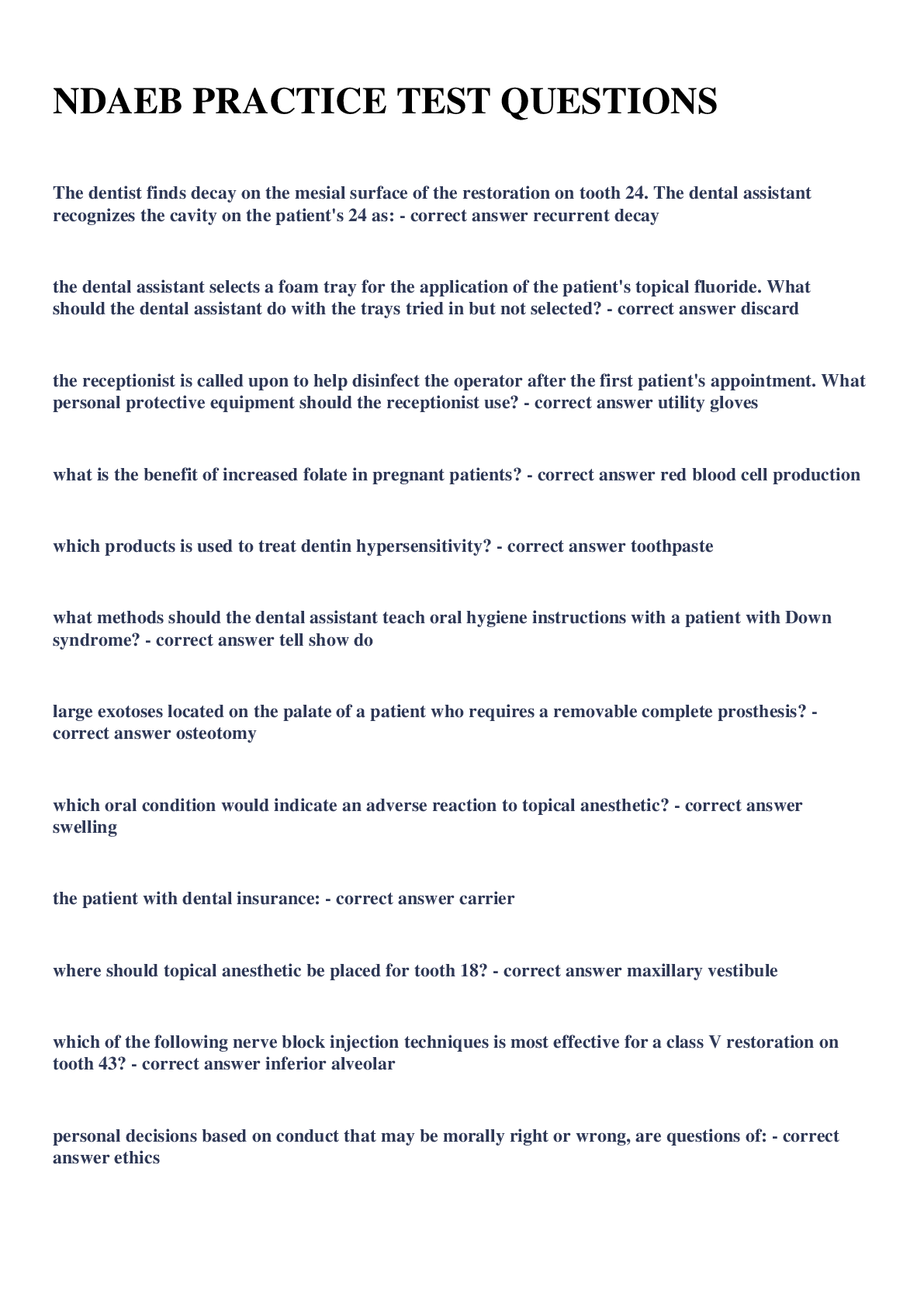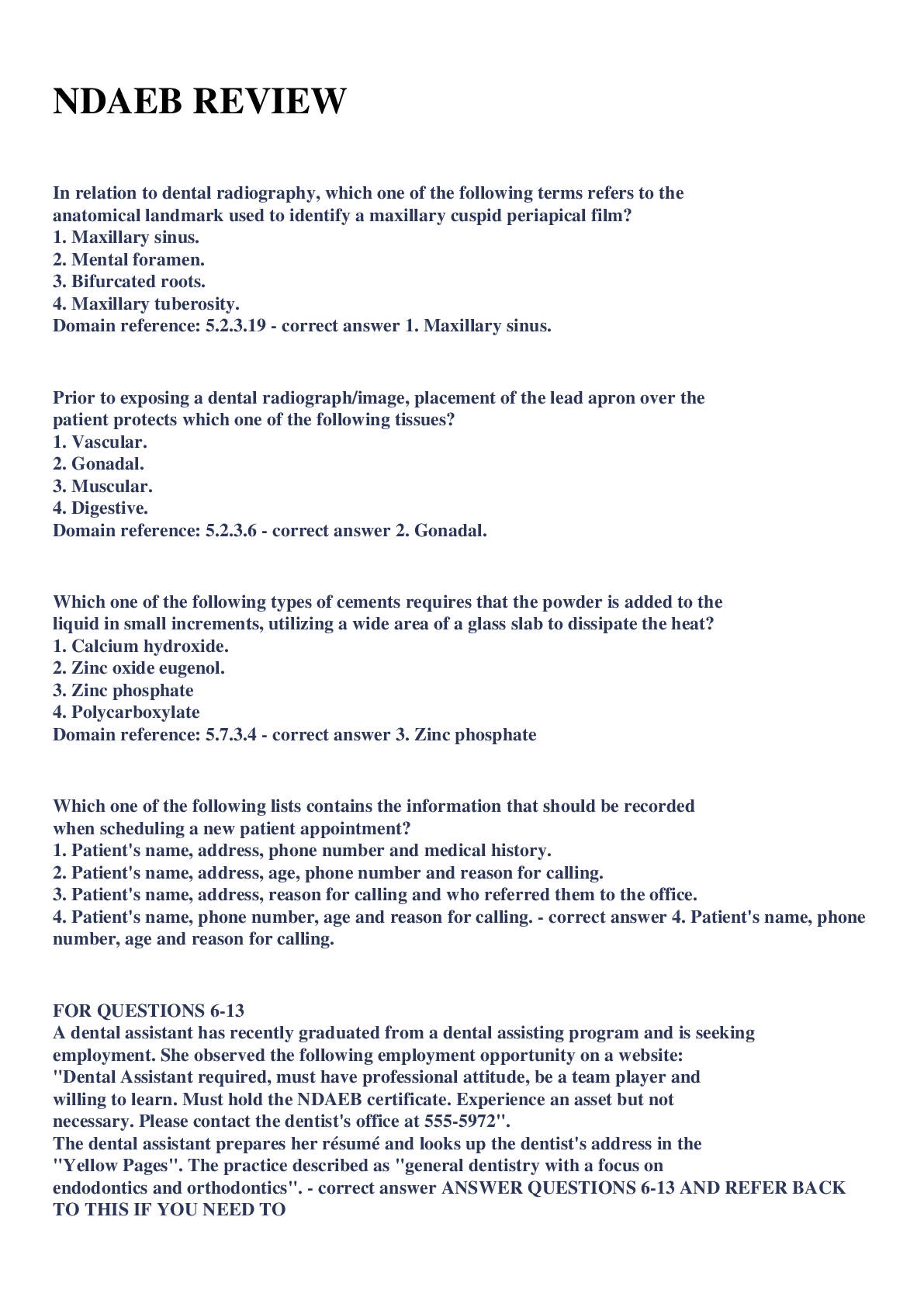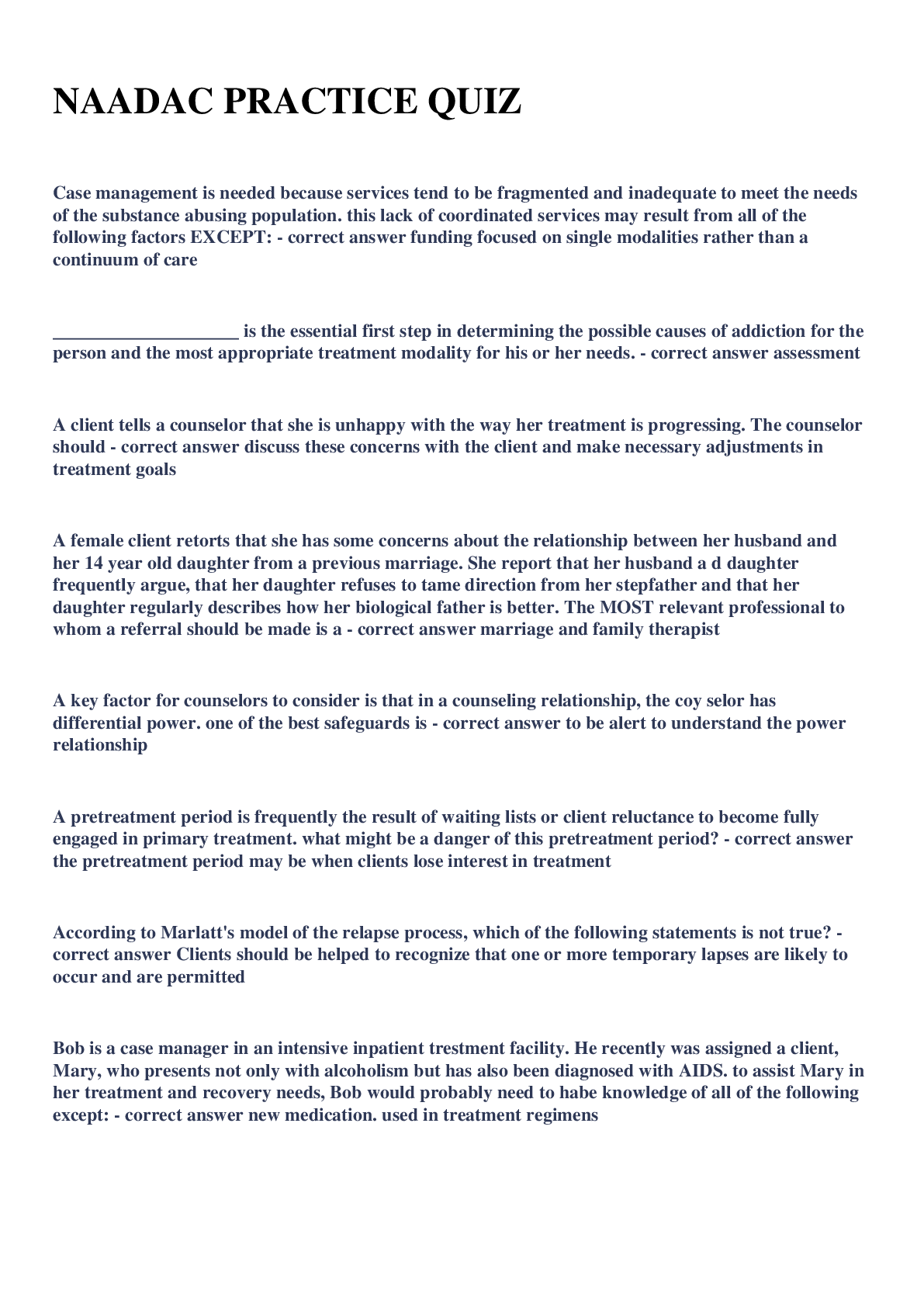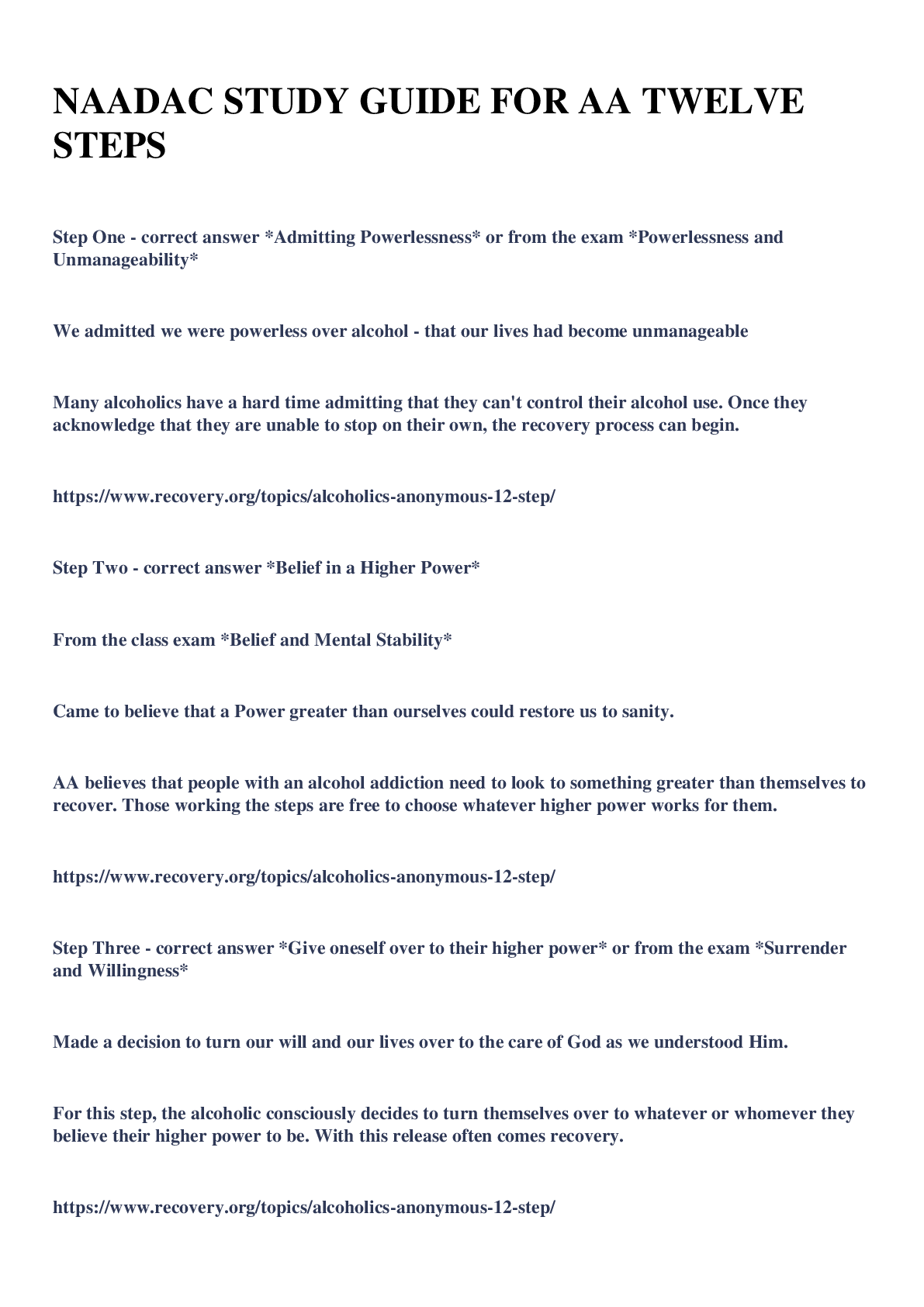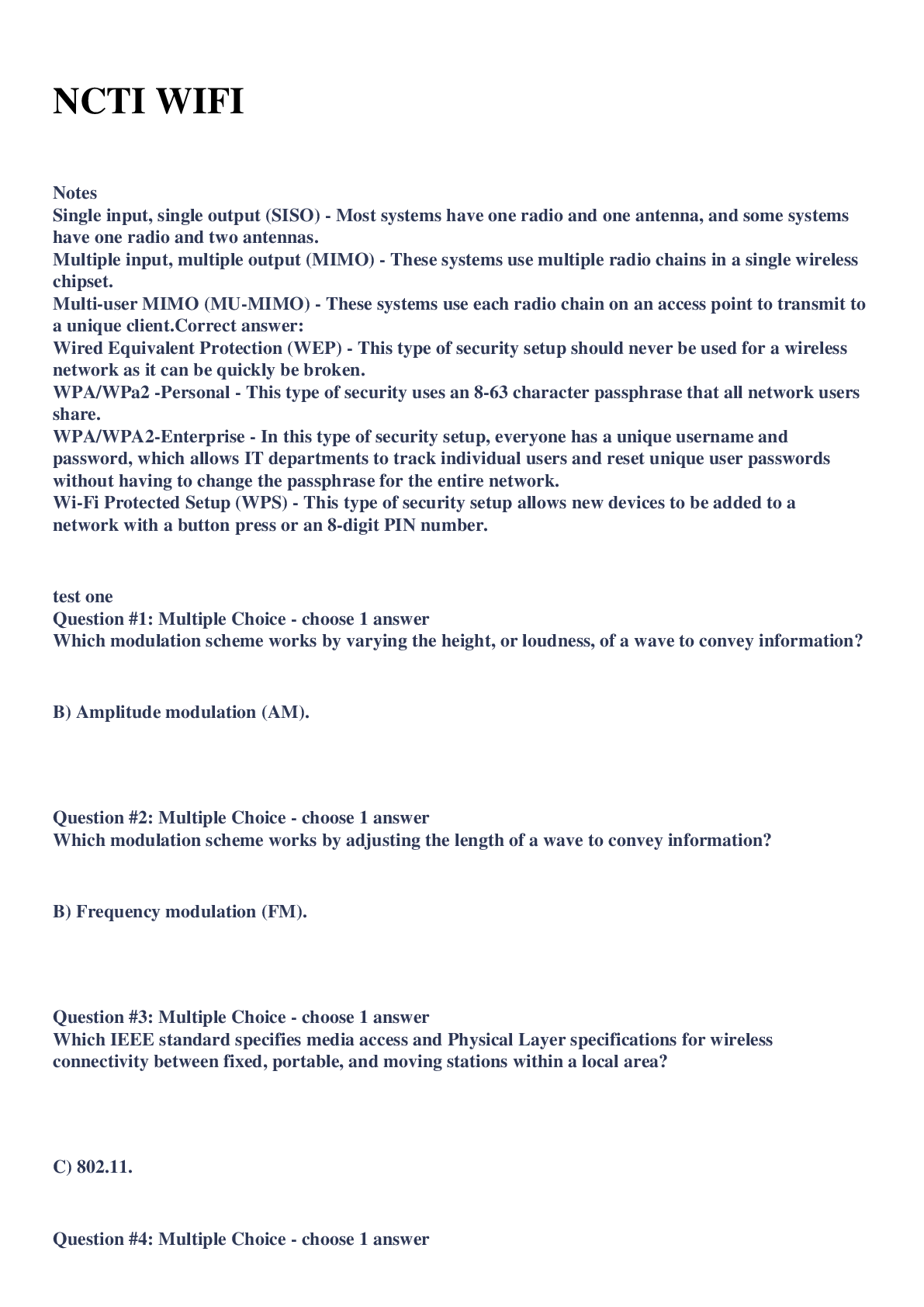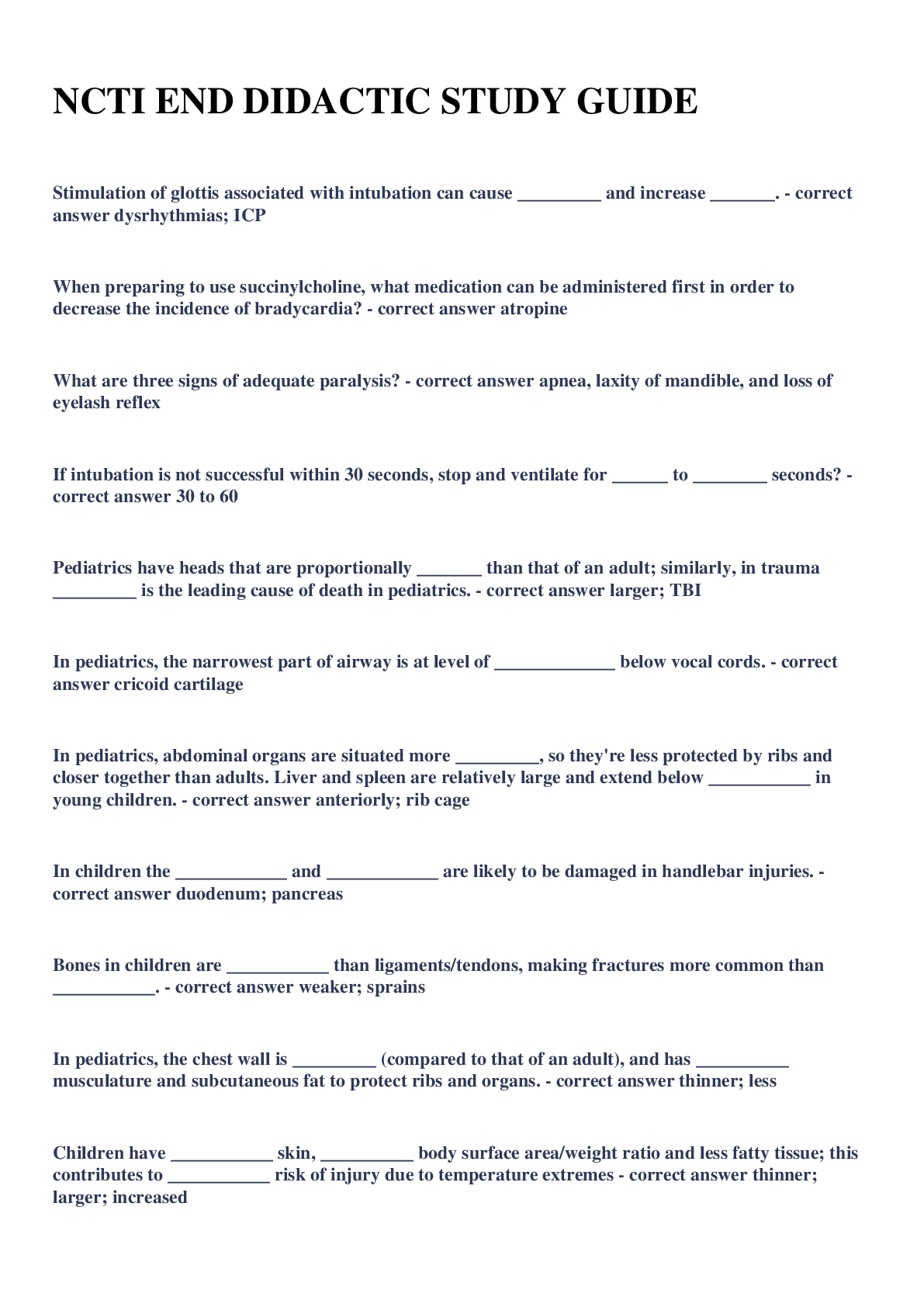*NURSING > A-Level Mark Scheme > ELEC240 ADC 2023 LATEST UPDATE (All)
ELEC240 ADC 2023 LATEST UPDATE
Document Content and Description Below
Analogue to Digital Definition Transforms continuous signals into discrete values Analogue to Digital Measurement Chain Read Sensor Amplification & Conditioning Conversion Processing ... LSB & Signal Jump Vmax/(2^b) b is number of bits The larger the value of 'b' the smaller sample 'size' and the more samples are taken Analogue to Digital Process Compares analogue input voltage to reference voltage using a comparator and returns a 1 bit number. Tells us the size of Vin as a fraction of Vref and returns a multi-bit output Digital to Analogue Process Generates voltage as fraction of Vref Vout = Vref n/(2^N) OR Vref(n+1)/2^N n = input code N = number of bits of resolution n+1 depends on internal configuration of the DAC Nyquist Criterion Frequency of Sample >= 2*Max frequency of component Frequency components above 1/2 Frequency of the sample are aliased - distorts measured signal Issues with Nyquist A perfect filter is assumed with a brickwall roll-off, real filters have a more gentle slope and cheap filters are worse A sampling frequency must be high enough that the filter attenuates aliasing components Quantisation Definition A waveform is sampled at a constant rate, and that can be converted into a discrete value Forward Transfer Function n = ((Vin - V(-ref))*2^N)/(V(+ref) - V(-ref)) +1/2 1/2 is added for rounding purposes n = converted code Vin = sampled voltage V(+ref) = upper voltage reference V(-ref) = lower voltage reference N = number of bits of resolution Inverse Transfer Function What range of voltages V(in_min) to V(in_max) does n represent Vin(max_min) = ((n+/- 1/2)/2^N)*(V(+ref)-V(-ref))+V(-ref) +1/2 for in_max -1/2 for in_min Flash Conversion Multi-level comparator to compare Vin to a variety of voltages. Outputs of 0/1 are used needs 2^N resistors needs 2^(n-1) comparators maximum error - 1 bit Ramp ADC A counter counts up values which increments the voltage at the same rate. This voltage is then compared to an input voltage using a comparator, if it's higher then the counter resets and if the value is lower the counter continues counting Successive Approximation Using a binary search and a DAC, the SA register sets all input bits for the DAC to 0 and starts with MSB, increasing the voltage successively Set next input bit for DAC to 1 Wait for stabilisation If DAC output is smaller than input then set bit to 1, else set to 0 Move on to the next MSB Linearity How well the transition voltages lie on a straight line Differential Linearity Measure the equality of the step size Conversion Time Time between start of conversion and generation of result Conversion Rate Inverse of conversion time Why would you need a sample and hold device Some converters need the input analog signal to be held at a steady rate if conversion takes a long timer Sampling may als need to be done (e.g. peak capture) [Show More]
Last updated: 1 year ago
Preview 1 out of 3 pages
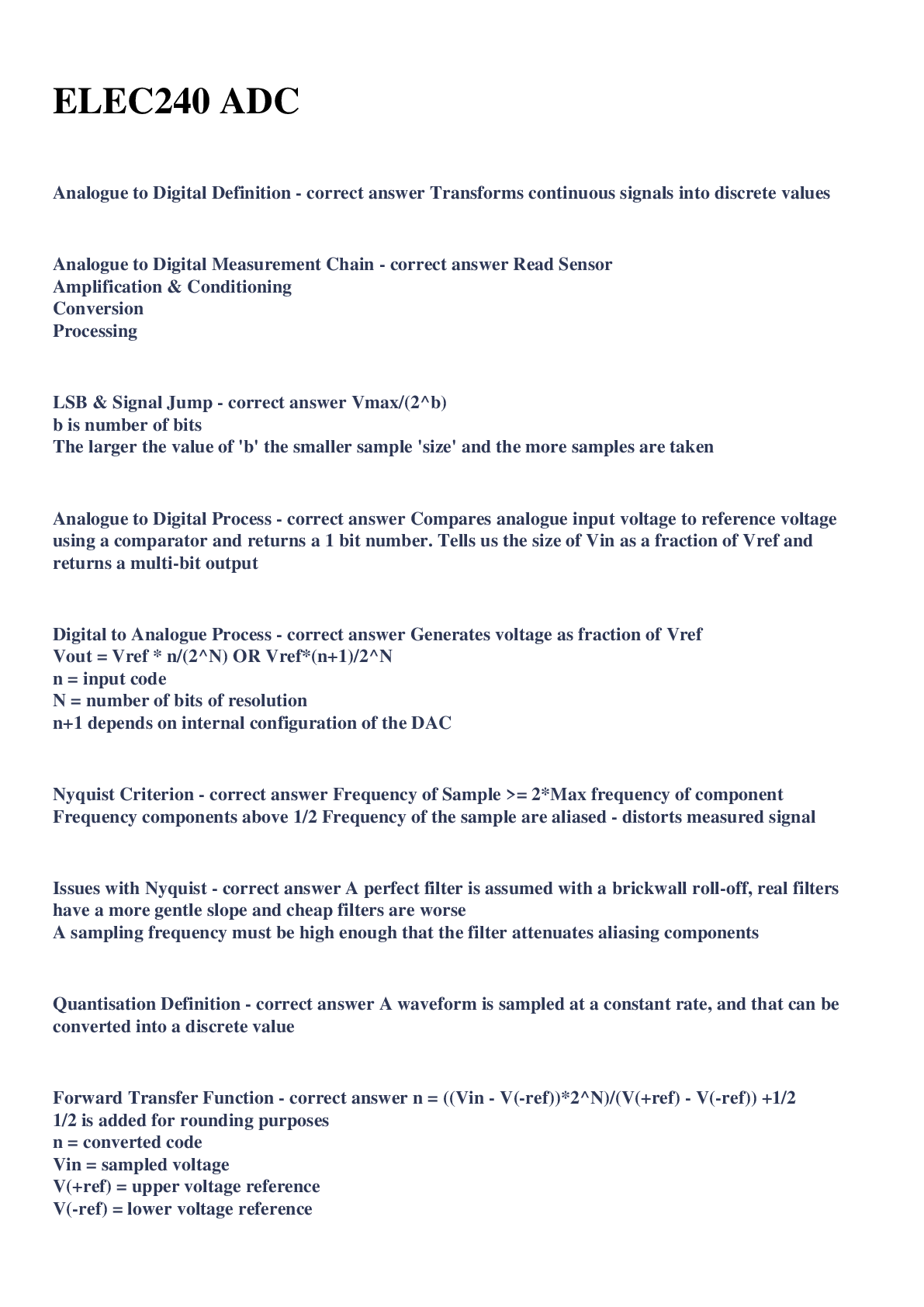
Buy this document to get the full access instantly
Instant Download Access after purchase
Buy NowInstant download
We Accept:

Reviews( 0 )
$11.50
Can't find what you want? Try our AI powered Search
Document information
Connected school, study & course
About the document
Uploaded On
Aug 18, 2023
Number of pages
3
Written in
Additional information
This document has been written for:
Uploaded
Aug 18, 2023
Downloads
0
Views
167





